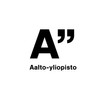Research reveals hidden carbon emissions in urban parks: landscape life cycle assessment paves the way for low-carbon parks
While urban parks absorb carbon dioxide, the emissions generated during the construction phase could still be reduced.
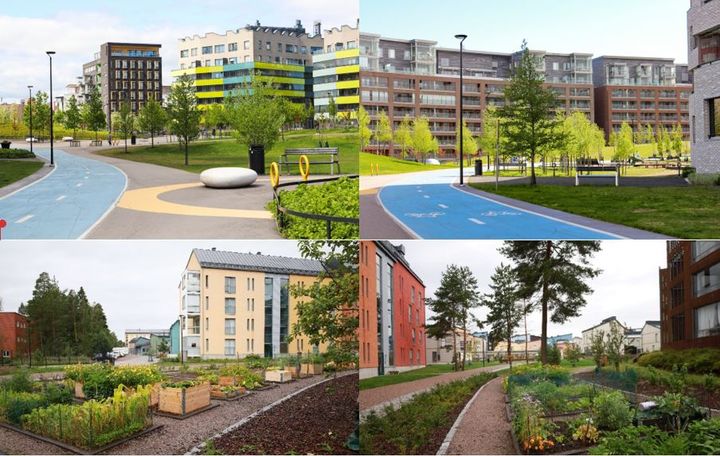
With Finland’s new Building Act, life cycle assessment (LCA) of new buildings has become mandatory. While LCA is widely applied in the construction sector, life cycle climate impacts of urban green spaces, such as parks, remain largely unknown.
A recent study by researchers from Aalto University, Caroline Moinel, Matti Kuittinen and Ranja Hautamäki explores the applicability of LCA to urban green spaces. The researchers examined five urban parks in different settings across Helsinki to assess their carbon footprints.
The study reveals that while the case study urban parks have carbon dioxide uptake potential, emissions from the manufacture of products necessary for the construction of the parks can be significant. This indicates that carbon emissions are heavily influenced by design choices, functional needs, and city planning guidelines.
Low-carbon solutions can be promoted already in the planning phase
The study shows that carbon emissions from urban parks could be reduced already in the planning phase in several ways. Low-carbon parks would be promoted, for example, by preserving existing carbon stocks in vegetation and soils, utilising existing natural elements in new green spaces, finding low-emission alternatives to peat-based growing media, and reusing local materials and infrastructure whenever possible.
Additionally, adopting low-maintenance landscaping practices can further reduce emissions. According to the researchers, rethinking the concept of highly maintained urban green spaces and incorporating vegetation types that mimic natural ecosystems could enhance both carbon efficiency and biodiversity of urban green infrastructure.
’The role of urban green spaces requires further investigation to get a holistic understanding of carbon flows in the built environment,’ lead author of the study, doctoral researcher Caroline Moinel emphasizes.
The study also highlights the need for new assessment methods and data of urban green spaces as the availability of existing methods and data varies greatly between the life cycle stages and park components. Further research is particularly needed regarding the life cycle impacts of nursery production, construction, maintenance, and the end-of-life phase for vegetation, soils, and mulches. Additionally, there is little available data about emissions from playground equipment and street furniture.
Life cycle assessment is constantly developing with research. It will be a requirement for buildings from the beginning of 2026 and therefore a suitable method for the assessment of urban parks is needed. However, incorporating living organisms into the LCA framework represents a methodological shift that requires further refinement.
The study is part of the CO-CARBON research project, a multidisciplinary initiative funded by the Strategic Research Council. The project aims to measure and model the carbon sequestration capacity of urban greening while developing best practices for the design, implementation, and maintenance of carbon-wise urban greening. More information about the research project here.
Keywords
Contacts
Caroline Moinel
Doctoral researcher, Aalto University
caroline.moinel@aalto.fi
Ranja Hautamäki
Professor, Aalto University
ranja.hautamaki@aalto.fi
Matti Kuittinen
Professor, Aalto University
matti.kuittinen@aalto.fi
Images
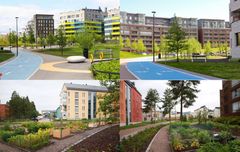
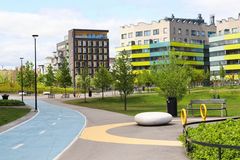
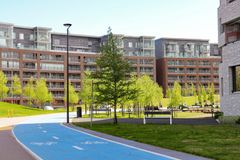
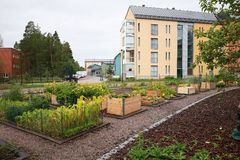
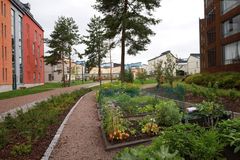
Links
Information about the publisher
Aalto University is where science and art meet technology and business. We shape a sustainable future by making research breakthroughs in and across our disciplines, sparking the game changers of tomorrow and creating novel solutions to major global challenges. Our community is made up of 13 000 students, 400 professors and close to 4 100 other faculty and staff working on our dynamic campus in Espoo, Greater Helsinki, Finland.
Alternative languages
Subscribe to releases from Aalto-yliopisto
Subscribe to all the latest releases from Aalto-yliopisto by registering your e-mail address below. You can unsubscribe at any time.
Latest releases from Aalto-yliopisto
Tekoälyn luovuus on katsojan silmässä8.4.2025 09:40:00 EEST | Tiedote
Uusi tutkimus osoittaa, että arvotamme luovuutta sen mukaan, kuinka suuren osan luovasta toiminnasta pääsemme näkemään.
Aalto-yliopiston akateemiset tulokset ja kansainvälinen arvostus pysyivät vahvoina vuonna 20244.4.2025 14:10:00 EEST | Tiedote
Aalto-yliopiston hallitus hyväksyi kokouksessaan 3.4.2025 hallituksen toimintakertomuksen ja tilinpäätöksen vuodelta 2024. Aalto-yliopisto sijoittui vuonna 2024 erinomaisesti kansainvälisissä yliopistovertailuissa. Kansainvälinen QS World University Rankings sijoitti Aalto-yliopiston Suomen ykköseksi ja sijalle 113 maailmanlaajuisesti. Taide ja muotoilu sijoittui hienosti maailmassa kahdeksannelle sijalle. Times Higher Education arvioi Aalto-yliopiston maailman 21. parhaaksi nuoreksi (alle 50-vuotiaaksi) yliopistoksi. Aalto-yliopisto sai Kansallisen koulutuksen arviointikeskuksen (Karvi) excellence-laatuleiman osoituksena poikkeuksellisen laadukkaasta kehittämistyöstä. Keväällä 2024 myös saatettiin päätökseen yliopiston strategian arviointi ja päivitys. Tutkimustoiminta pysyi korkealla tasolla. Kansainvälisten vertaisarvioitujen tieteellisten artikkeleiden määrä nousi 2 384:ään (2 210 edellisvuonna). Eniten viittauksia saavia ja korkean vaikuttavuuden top 10 % -julkaisuja näistä oli 1
ADHD-oireet esiin virtuaalitodellisuuspelin avulla - tutkijat havaitsivat selkeitä eroja lasten aivoverkostoissa24.3.2025 10:24:23 EET | Tiedote
Tutkimus voi auttaa selvittämään ADHD-epidemiaa, kehittämään siihen muita kuin lääkehoitoja ja myös saamaan selville, miten aivomme ovat muuttumassa.
Pysäyttävä tutkimustulos: Maailman maaseutualueilla asuu paljon luultua enemmän ihmisiä18.3.2025 12:00:00 EET | Tiedote
Tuoreen tutkimuksen mukaan maapallon väestöä kuvaavat tietoaineistot saattavat arvioida maaseudun väkiluvun jopa yli puolet todellisuutta alhaisemmaksi.
EMBARGO: “Significant proportion” of world’s rural population missing from global estimates, says study18.3.2025 12:00:00 EET | Press release
Global population datasets, crucial for decision-making by governments and institutions, may underestimate rural populations by as much as 53% to 84%, reveals an Aalto University study.
In our pressroom you can read all our latest releases, find our press contacts, images, documents and other relevant information about us.
Visit our pressroom